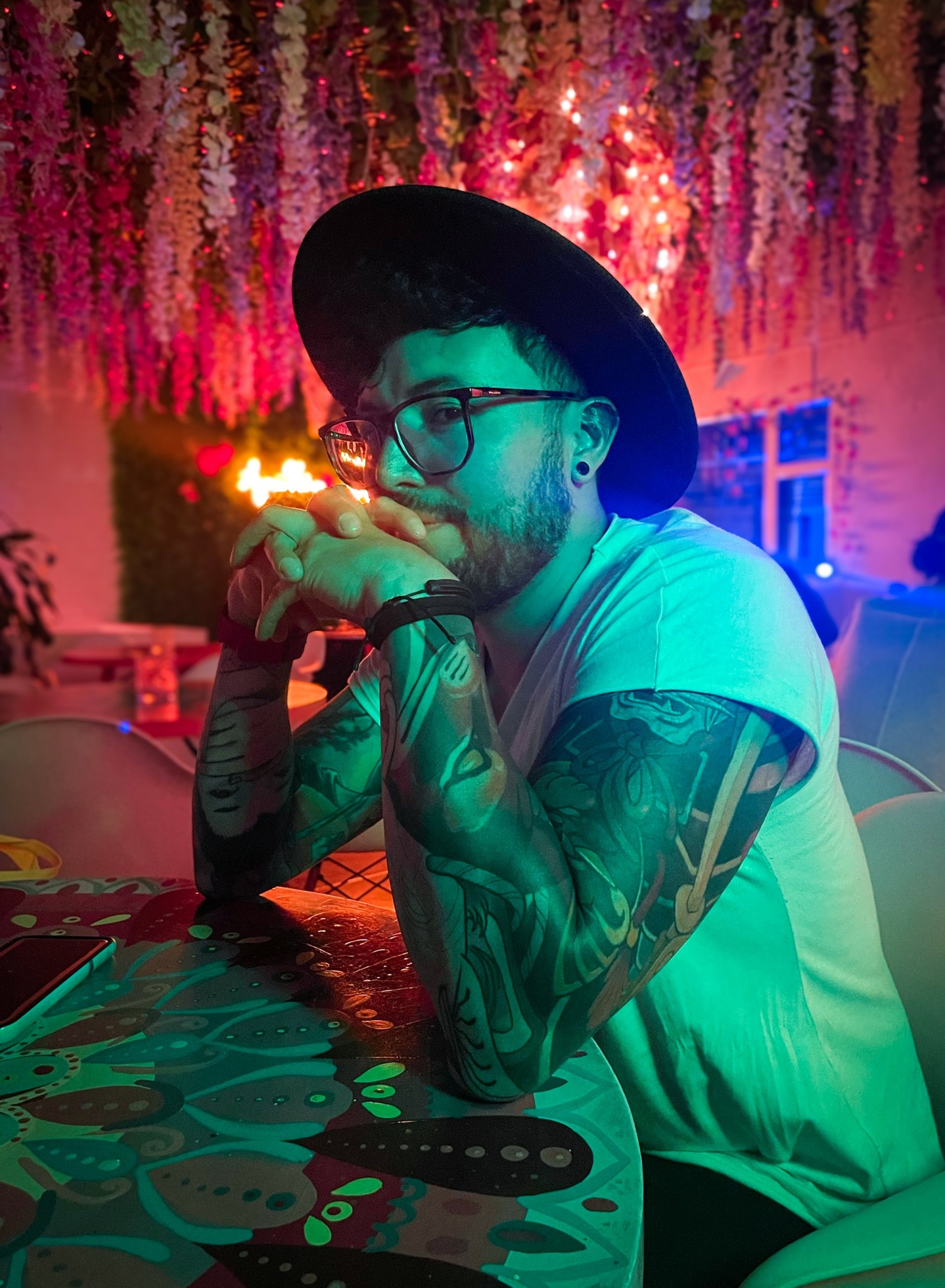Alright – so today we’ve got the honor of introducing you to Cristian Sandoval. We think you’ll enjoy our conversation, we’ve shared it below.
Cristian, thanks for joining us, excited to have you contributing your stories and insights. We’d love to hear the backstory behind a risk you’ve taken – whether big or small, walk us through what it was like and how it ultimately turned out.
One of the biggest risks I’ve taken in my life was moving to the United States to pursue my Master’s degree at SCAD. Before coming here, I had a stable life in Bogotá – I was close to my family, I had a steady job, and I had already built a path as a designer and art director. But deep down, I knew I wanted more: I wanted to dedicate myself to the craft of title sequences, something I had always admired but never had the chance to fully explore in Colombia.
Taking that leap meant leaving behind not only comfort but also the certainty of a familiar environment. My girlfriend, who is also an incredible illustrator and visual artist, and I decided to take that risk together. We packed our lives into just a couple of suitcases and moved to Savannah with nothing but determination and the dream of growing as creatives.
It was scary—starting from scratch in a new country, adapting to a new culture, speaking a new language every day, and facing all the insecurities that come with such a drastic change. But it has been absolutely worth it. At SCAD, I’ve had the opportunity to create my first-ever title sequences, which has been a milestone in my career and a personal dream come true. More importantly, the experience has reaffirmed that the risk we took wasn’t just about leaving something behind, but about opening the door to everything we truly wanted for our lives and careers.
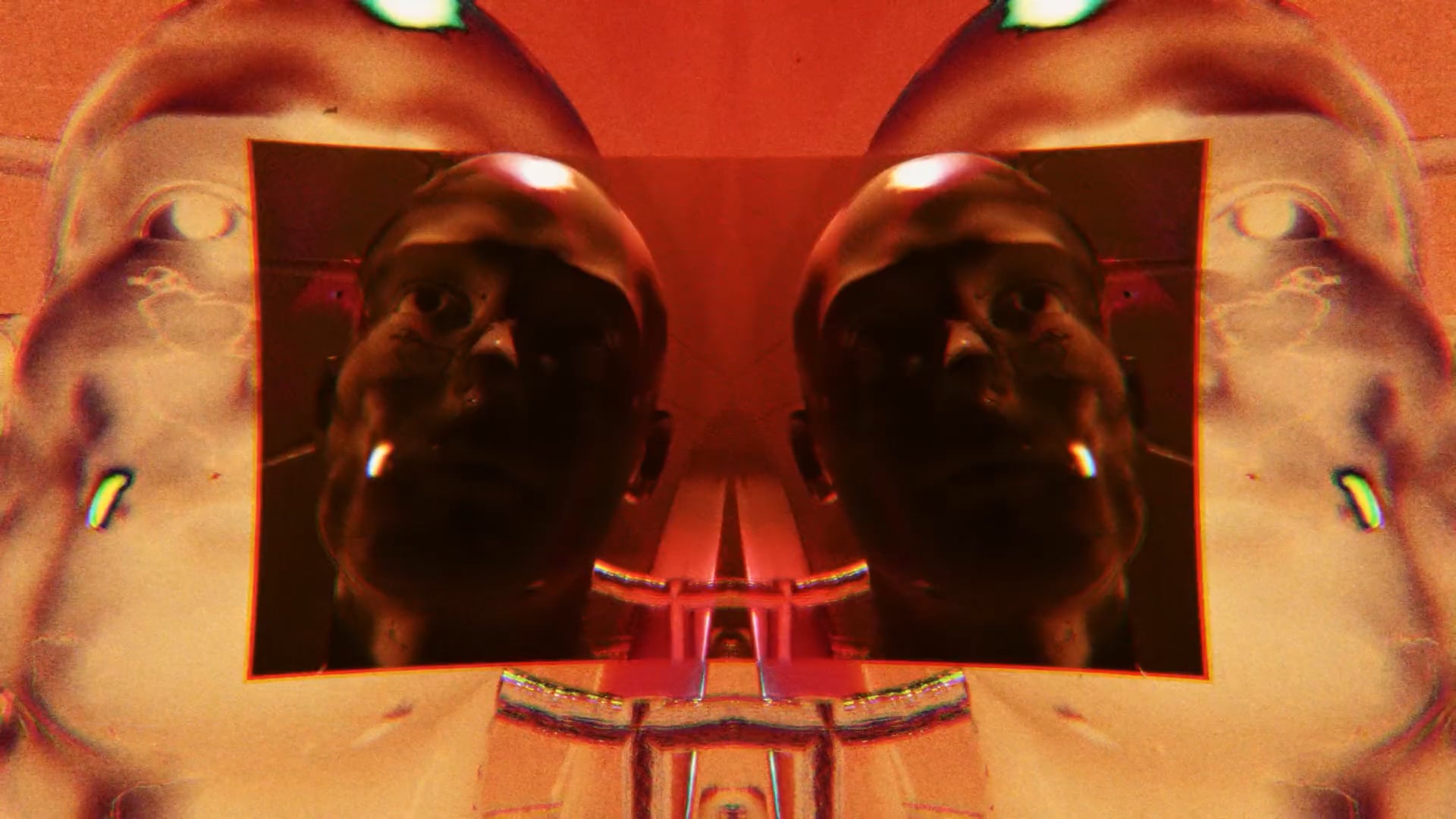
Cristian, love having you share your insights with us. Before we ask you more questions, maybe you can take a moment to introduce yourself to our readers who might have missed our earlier conversations?
Hi, I’m Cristian Sandoval, a Colombian artist and designer who works under the creative alias @crioff. I grew up in a working-class family in Bogotá, and being one of the first in my family to access higher education has shaped the way I see the world. That background gave me a strong sense of social awareness and taught me the value of education as a tool to transform not just my own path, but also the communities around me. Choosing to continue my studies at SCAD was not an easy road—it meant leaving behind stability, family, and the comfort of the familiar to take a risk and chase a dream.
My creative journey started with graphic design and illustration, but motion design became the bridge that allowed me to combine everything I’ve always loved—cinema, storytelling, rhythm, and visual experimentation. Over the years, I’ve worked as a designer, illustrator, and art director on projects ranging from branding and political design to music visuals. Two areas, however, have become my main focus: title sequences and visual design for music. Both allow me to explore the intersection of narrative, rhythm, and identity in ways that feel deeply personal.
At SCAD, I’ve had the chance to design my very first two title sequences, which has been a dream come true and one of the milestones I’m most proud of. Professionally, another highlight has been the full creative and art direction for Supernova, an album by Fatima Push. I created the visual concept for the album, animated lyric videos and visualizers, and designed all the cover art. It was an opportunity to build a cohesive visual world that amplified the artist’s voice and connected with audiences on multiple levels.
What sets me apart is versatility. My path through different creative disciplines—illustration, branding, art direction, and motion—has given me a wide visual vocabulary, and that variety resonates in the way I approach projects. At the core of everything I do is a desire to craft visuals that connect emotionally, spark curiosity, and tell stories with identity and meaning. Collaboration, experimentation, and honesty are values I bring to every project, and they’re what I hope people recognize in my work as an artist.
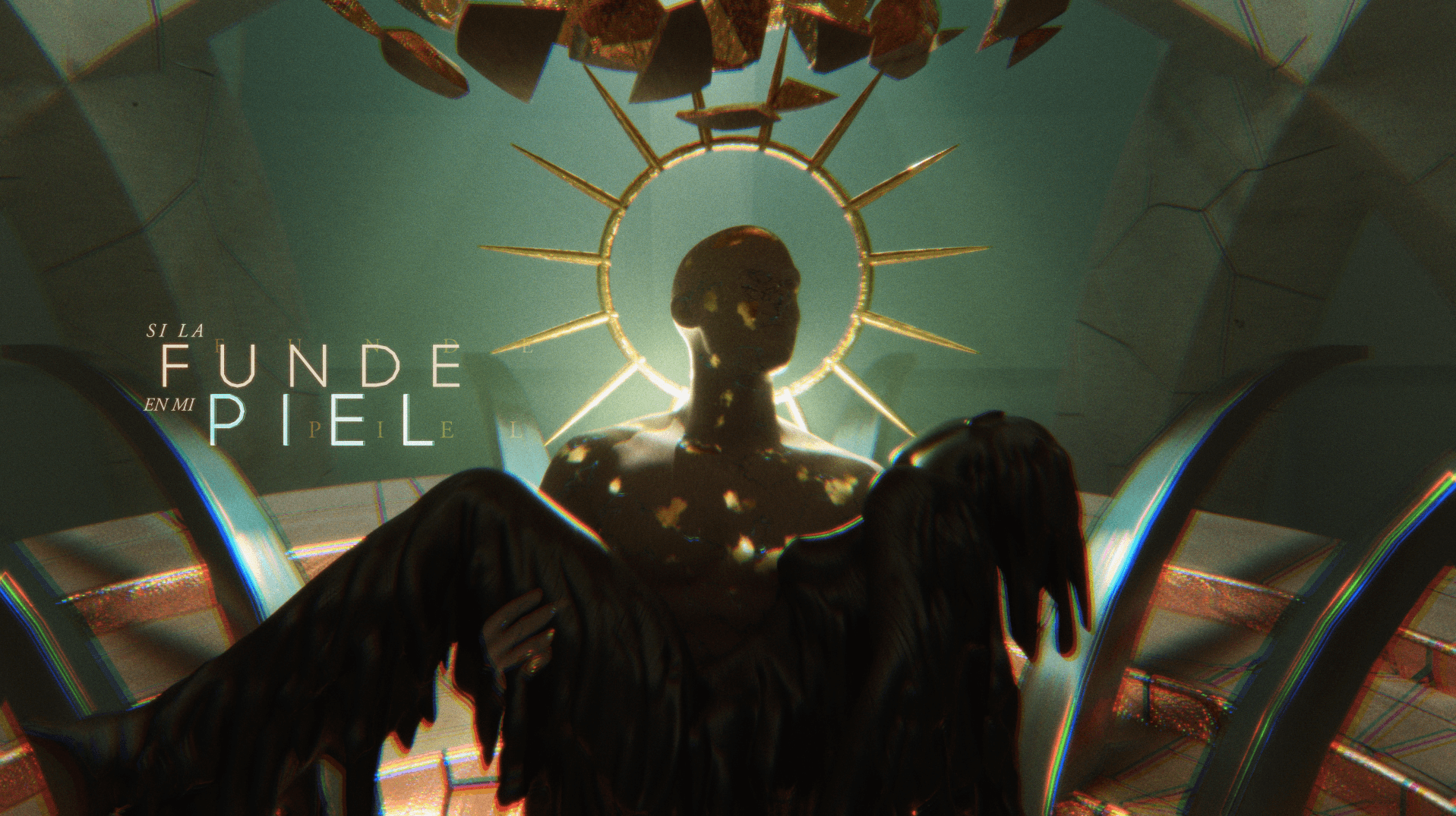
In your view, what can society to do to best support artists, creatives and a thriving creative ecosystem?
In my view, the best way society can support artists and creative ecosystems is by doing two things. First, moving beyond trends and expanding the ecosystem. We often think we’re “connected” because of social media and the internet, but in reality, we’re only connected to what algorithms, big companies, and economic powers decide to show us. You can’t love what you never see. Supporting a thriving ecosystem means using these tools to truly broaden our horizons, seeking out art, music, and stories that go beyond the monoculture of trends. Your next favorite film, illustration, or song might be hidden in a small underground scene you’ll never discover if you don’t look past the obvious.
Second, support emerging artists directly. Share their work, buy their art, invite them to collaborate, recommend them for podcasts or talks, or simply write a few kind words about their work online. Small actions like these can spark huge creative momentum for an artist—and help keep our ecosystem alive and diverse.
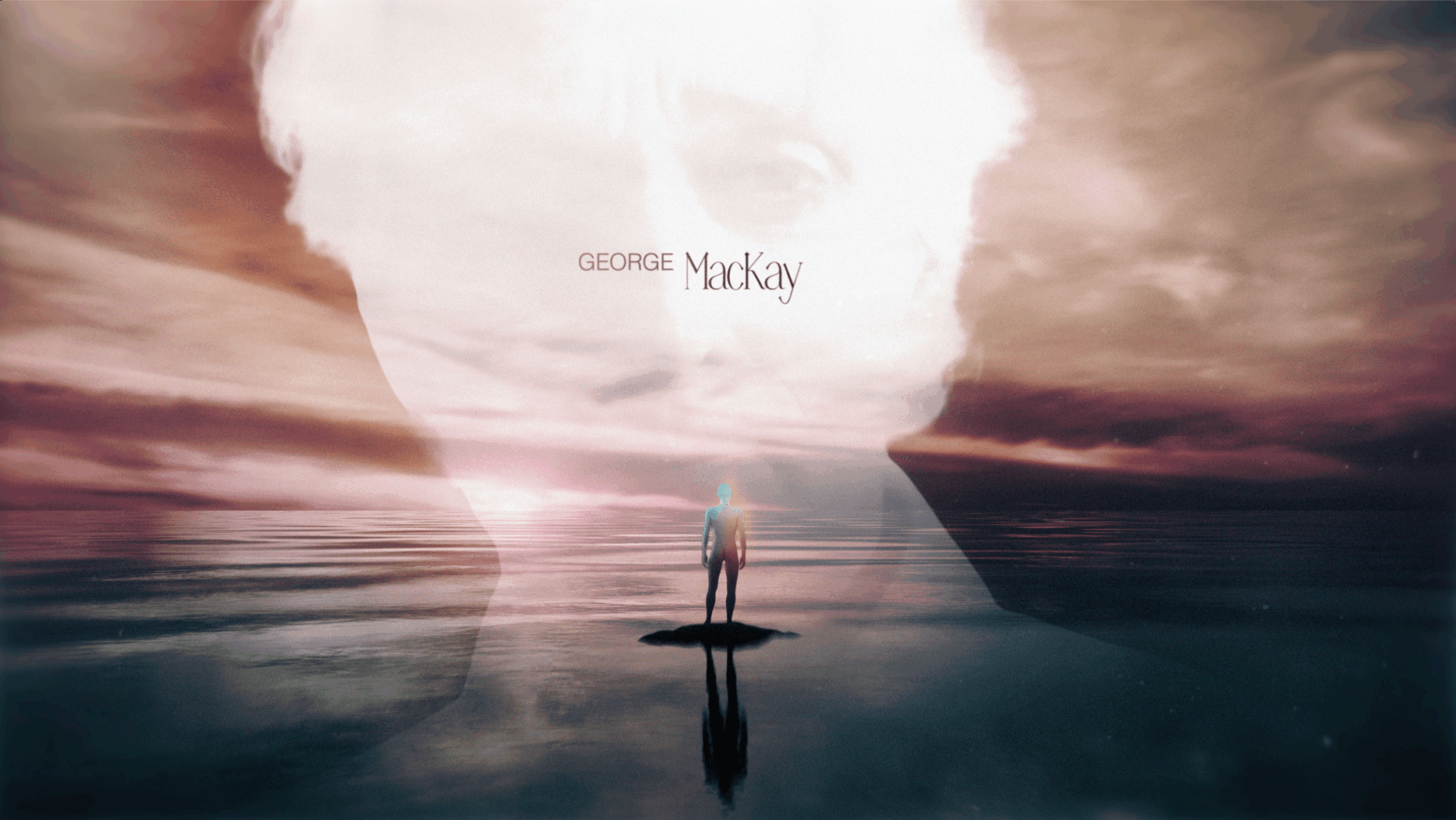
What’s a lesson you had to unlearn and what’s the backstory?
In my home country, Colombia, there are different levels of education after finishing high school. The first level is called “technical,” which focuses more on practice and tools rather than deep conceptual or structural approaches. Coming from a working-class background, my options at the start of my career were limited, so a technical degree in graphic design was the best I could pursue at that time—and I’m grateful for it.
In those beginning days of my technical degree, I still remember one of the most praised professors there who used to repeat: “I’m a designer, I don’t need to draw! I don’t know why people associate design with drawing.” He had a point—graphic design doesn’t necessarily require drawing. But over time, I realized how limiting that belief was. For years, I repeated to myself that I wasn’t someone who could draw, that illustration wasn’t part of my path.
That changed the day I watched a talk by the Spanish illustrator Puño (Puño Draws), an artist I deeply admire. He argued that drawing isn’t something you “learn,” it’s something you’re born with. Every child draws—it’s one of our first forms of communication—and most people simply abandon it as they grow older. For a creative, giving up drawing is like giving up one of your most powerful tools: it helps you communicate ideas, clarify concepts, and push your imagination further.
Since that day, I reconnected with drawing, made illustration a core part of my art and style, and even included a notebook that I try to fill every year with drawings, sketches, and ideas. To borrow Puño’s words: the real question isn’t when you learned to draw—it’s when you stopped.
Contact Info:
- Website: https://crioff.com/
- Instagram: https://www.instagram.com/crioff/
- Linkedin: https://www.linkedin.com/in/crioff/
- Other: https://vimeo.com/crioff
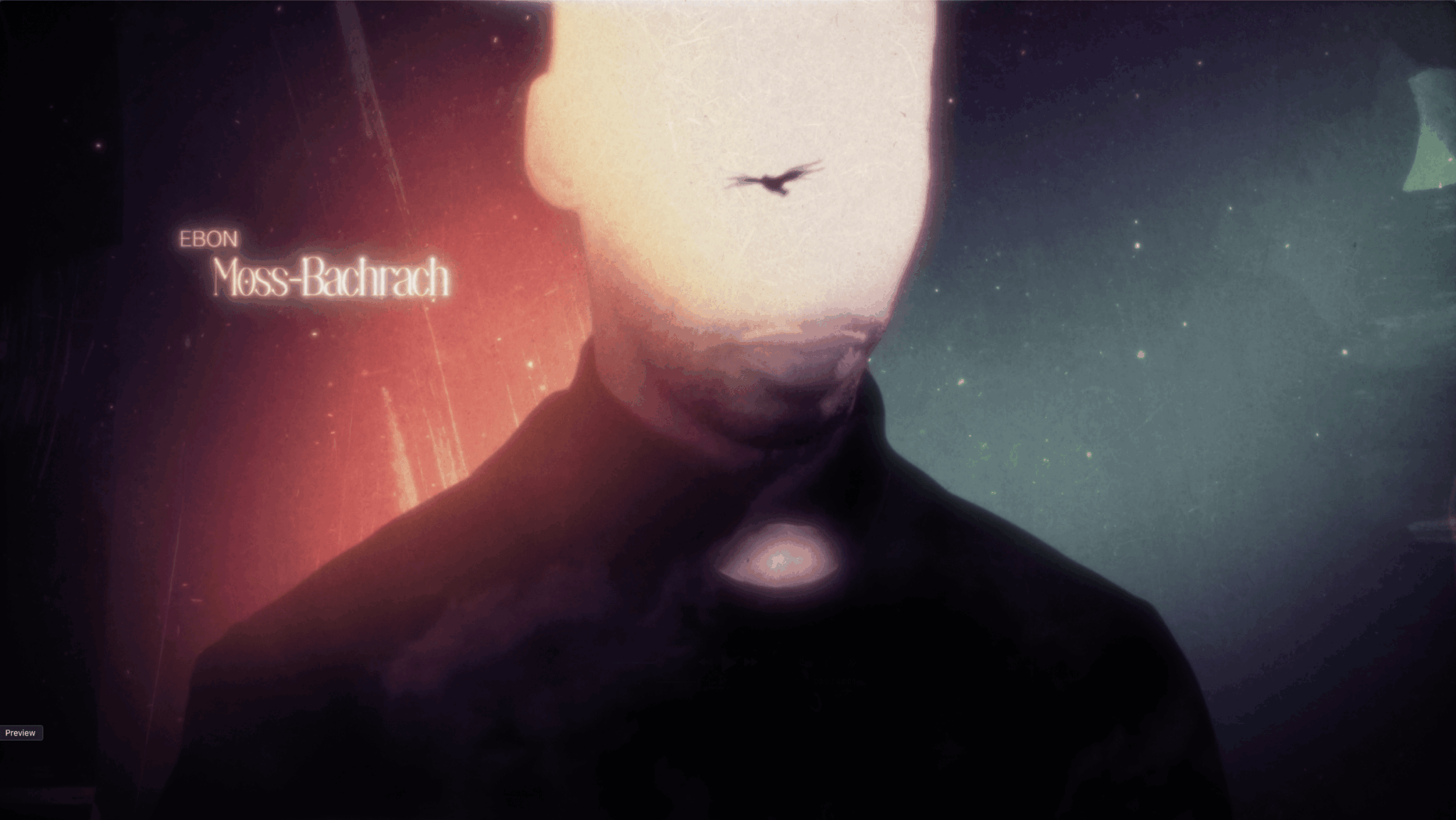
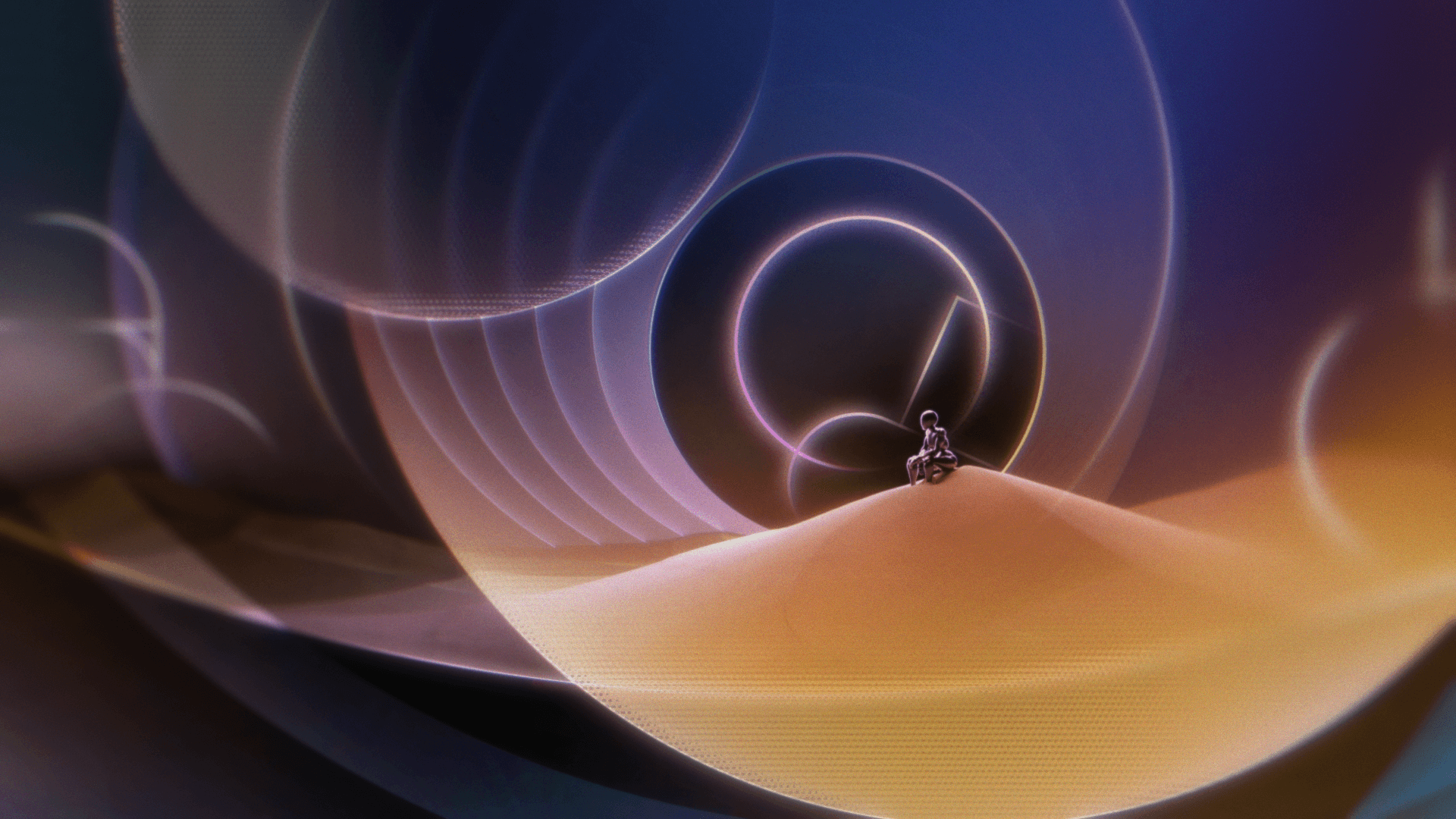
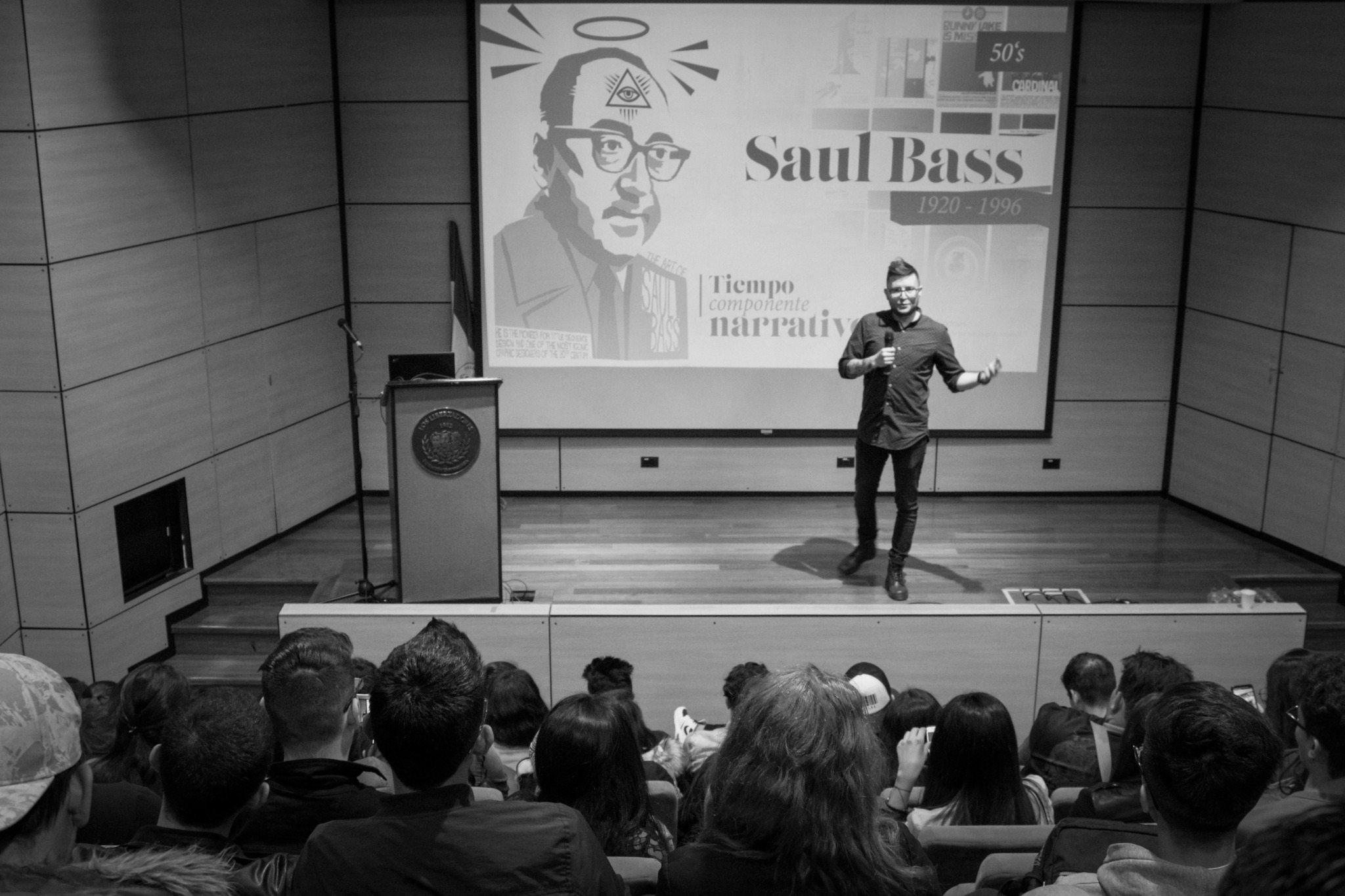
Image Credits
Images 3 – 4 – 5: THE MORNING STAR – Title Sequence
Directed by: Anna Porter (@annaporterdesign) and Cristian Sandoval (@crioff)
Type Design and Type Animation by: Anna Porter (@annaporterdesign)
Design, Animation, and Art Direction: Cristian Sandoval (@crioff)
Special Thanks: Duff Yong


